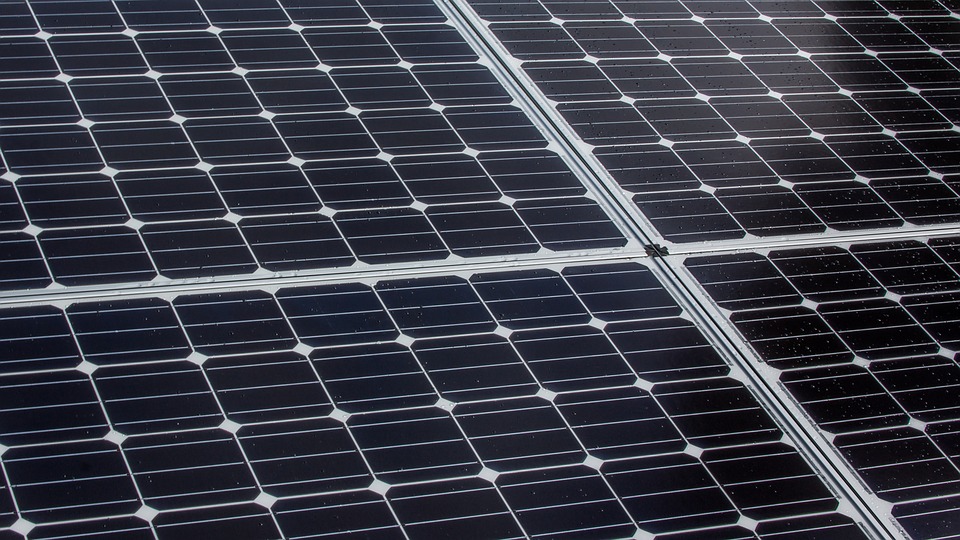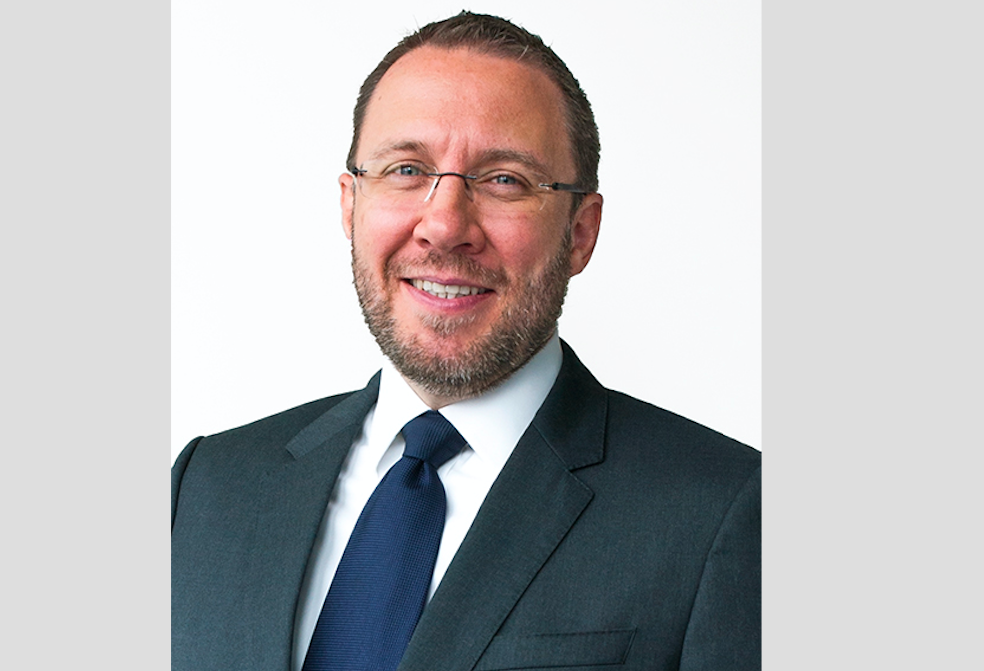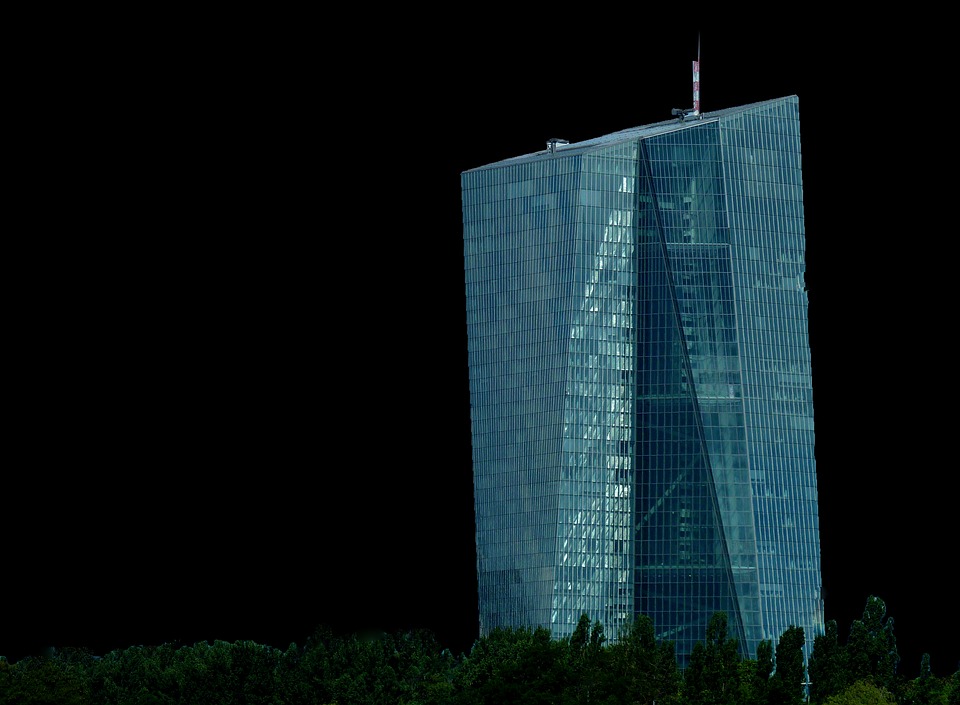The Future of Sustainable Finance: Catalysing ESG Investing in Asia
| For IreneValiente | 0 Comentarios

In order to meet the demands of urbanisation, population growth and moving to a more sustainable use of scarce natural resources and a lower carbon future, most analysis suggests developing countries in Asia will need between 20 and 30 trillion dollars in infrastructure investment over the next 15 years, says Aberdeen Standard Investments in a recent publication.
To put these numbers in context, between 1960 and 1973, the United States spent some 288 billion dollars (in today’s money) on the space programmes that put men on the moon. The upper end of that range is around the same as the current forecast for all assets under management in Asia-Pacific in 2025.
“These are huge sums of money well beyond the capacity of the public purse on its own. In fact, Asia will have to attract significant amounts of private capital, including from outside the region. What’s more, this investment has to fund growth in a sustainable way or the region risks repeating the mistakes of the past; expensive mistakes to rectify and with global implications”, points out the global asset manager.
In that line, ASI maintains that despite rapid urbanisation and the rise of a middle class, Asia has still to address some of the most serious development issues: a significant number of people still live at a subsistence level; in many countries there is insufficient and inefficient infrastructure; and some 70 of the 100 most polluted cities in the world are in Asia.
The good news is there is increasing momentum towards getting this right. For example, the Asian Infrastructure Investment Bank (AIIB) has a mandate to develop infrastructure as an asset class; develop bond markets for infrastructure investment; and promote the integration of environmental, social and governance (ESG) principles into fixed income investments in emerging Asia.
“This should serve as a catalyst for mobilising additional private capital from institutional investors”. he China-led ‘Belt and Road’ Initiative has similar objectives with a broader footprint.
Supporting this, institutional investors around the world have now also adopted ESG analysis as a mandatory, rather than optional, component of their investment process. “Sustainability is now irrefutably recognised as an issue of global importance. Influential asset owners are leading the call for change and allocating capital to fund managers who can demonstrate ESG sensitivity and tangible action”.
Regulatory pressures are also supportive by pushing for greater ESG transparency. ASI emphasizes that there is growing evidence that ESG integration does not imply lower investment performance. What used to be seen as a trade-off – doing the right thing meant lower returns – is no longer the case. The performance of selected sustainability indices has been largely on par with benchmark indices over different investment horizons.
This is why the asset manager thinks that Asian infrastructure investment offers “a real opportunity to embed ESG principles to enhance the long-term social and economic value that such infrastructure investment can deliver to far-sighted Asian countries and communities”. Beyond fund managers incorporating ESG analysis into their investment process, Asian demographics and the growing democratisation of savings will play important roles in driving assets towards these strategies.
“The younger generation is venturing into financial markets with different priorities from its predecessors. These changing preferences, combined with public policy shifts and technology facilitation that place greater control into the hands of underlying beneficiaries, will help propel the shift towards ESG-friendly investments“, says ASI.
In Asian markets, these changes will be felt in three key areas. The first area relates to climate change mitigation: sustainability-linked infrastructure will transform how governments finance and build power infrastructure, energy efficiency, sustainable transport and waste management.
The second relates to air quality improvement: East Asia has the world’s highest mortality rate from air pollution. Industries involved in the development and manufacturing of clean-air related products will have important roles to play.
The last relates to ethical and sustainable palm oil and natural rubber: the Association of Southeast Asian Nations is the largest producer of palm oil and natural rubber in the world. However, this industry has been linked to deforestation, biodiversity loss, land grabs and forced labour. “Clearly, this has to change and the leading companies are doing so”, asserts ASI.
“By incorporating ESG principles into Asian development finance, we have a once-in-a-lifetime chance to build a market ecosystem that will benefit investors, issuers, the people of Asia, and the rest of the world. We must not let this historic opportunity slip away”, assures ASI.









